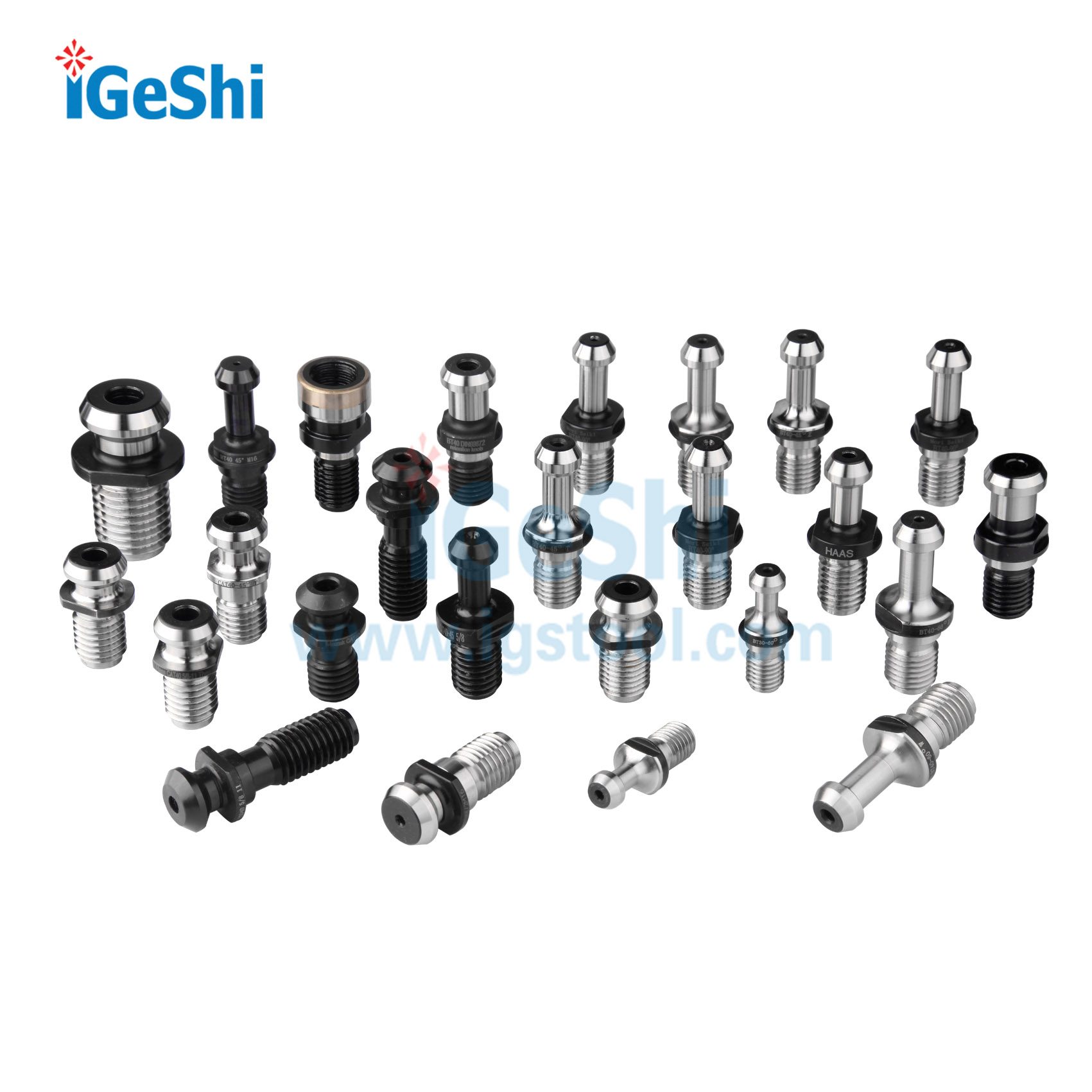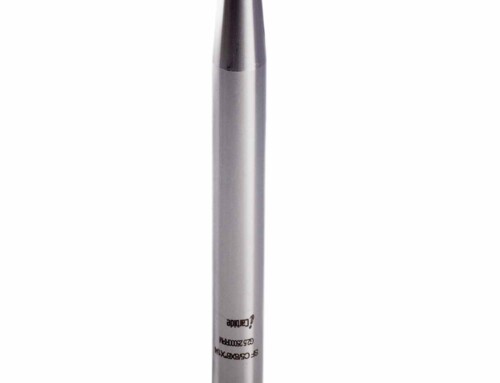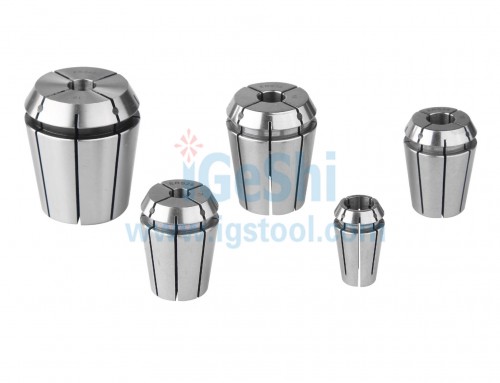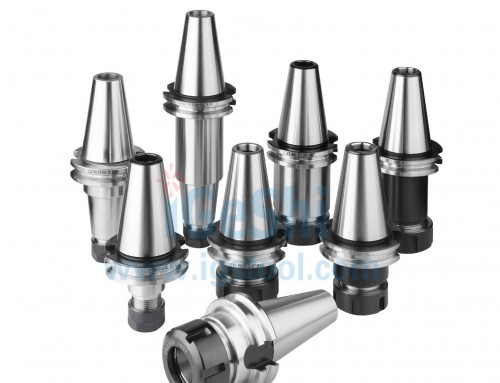Introduction Retention knobs to the standard of taper shank for NC tools
Retention knob standard GB10945-89 “7:24 conical tool shank 40, 45 and 50 for automatic tool change machine tools
The pull stud for tapered shank is made according to the international standard IS07388 / 1984.
It is divided into two types: A and B: the angle of the tensioning surface of the A-type stud is 15 °
which is used for the tensioning device without steel balls.
The code is “LDA”; the tension angle of the tensioning surface of the B-type nail is 45 °, which is used for the tensioning device with steel balls.
“LDB”. Both have through-holes for cooling fluid circulation.
The German standard DIN6988-1987 has two types of pull studs, A-type and B type, A type with through holes; B type is not
It has a through-hole, but has an annular groove for a seal ring to prevent the coolant from leaking from the tail.
Tightening surface of two types of studs
The oblique angles are all 15 °, which are used for tensioning devices without steel balls.
The Japanese standard JISB6339: 1998 has only one type of pull studs.
15 °, for tensioning devices without steel balls, codenamed “xxP. Japan Work Machinery Industry Association mS
There are two types of 403 pull studs: type I and type Ⅱ: the tension angle of the tightening surface of the type I stud is 30 °
which is used without steel Ball tensioning device; the angle of the tensioning surface of the type II rivet is 45 °
which is used for the tensioning device with steel balls. use
It should be noted that the head length of these two types of studs is smaller than the diameter of the stud head of JISB6339: 1998.
The neck is long and its code is “PxxT”.
The American standard AMSE B55.501994 has only one type of pull studs. 45 ° and there is no centering cylinder between flange and thread.
The thread should be a UNC thread, for domestic manufacturers’ convenience User use, also changed to the corresponding metric thread,other dimensions remain unchanged.





